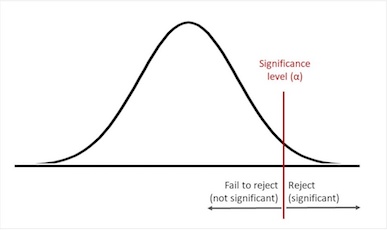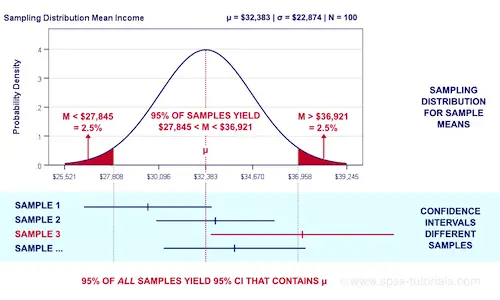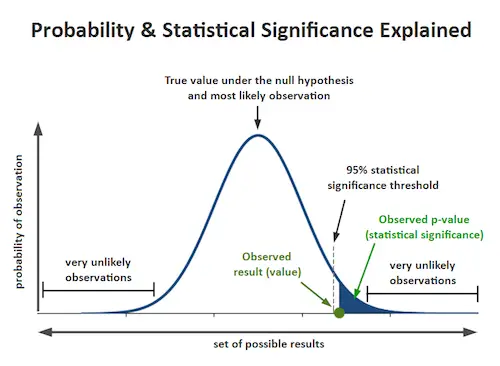While many assume statistics is a science, it really isn’t. After all, you probably already know that many terms are open to interpretation not to mention that many words mean the same thing such as man and average. But there are others that may appear to be the same and can be quite different such as significance level and confidence level.

Although they may sound the same, the truth is that significance level and confidence level are in fact two completely different concepts. On the other hand, confidence levels and confidence intervals also sound like they are related. They are usually used in conjunction with each other, which adds to the confusion. However, they do have very different meanings.
Simply put:
#1: Significance Level:
In a hypothesis test, the significance level, alpha, is the probability of making the wrong decision when the null hypothesis is true.
#2: Confidence Level:
The probability that if a poll/test/survey were repeated over and over again, the results obtained would be the same. A confidence level = 1 – alpha.
#3: Confidence Interval:
A range of results from a poll, experiment, or survey that would be expected to contain the population parameter of interest. For example, an average response. Confidence intervals are constructed using significance levels/confidence levels.
Learn more about confidence intervals.
Confidence Level Vs. Confidence Interval

When a confidence interval (CI) and confidence level (CL) are put together, the result is a statistically sound spread of data. For example, let’s assume a result might be reported as “50% ± 6%, with a 95% confidence”. This is the same as saying:
- The confidence interval: 50% ± 6% = 44% to 56%
- The confidence level: 95%
As you can see, confidence intervals are intrinsically connected to confidence levels which are expressed as a percentage (for example, a 90% confidence level).
What is statistical significance?
Confidence intervals are a range of results where you would expect the true value to appear. For example, you survey a group of children to see how many in-app purchases made a year. Your test is at the 99 percent confidence level and the result is a confidence interval of (250,300). That means you think they buy between 250 and 300 in-app items a year, and you’re confident that should the survey be repeated, 99% of the time the results will be the same.
Confidence Level Vs. Significance Level

In essence, confidence levels deal with repeatability. On the other hand, significance levels have nothing at all to do with repeatability. Instead, they are set at the beginning of a specific type of experiment (a “hypothesis test”), and controlled by you, the researcher.
The significance level which is also called the alpha level is a term used to test a hypothesis. More specifically, it’s the probability of making the wrong decision when the null hypothesis is true. In statistical terms, another way of saying this is that it’s your probability of making a Type I error.
Understanding the standard deviation.
Constructing Confidence Intervals With Significance Levels

Using the normal distribution, you can create a confidence interval for any significance level with this formula:
sample statistic ± z*(standard error)
(z* = multiplier)
Confidence intervals are constructed around a point estimate like the mean using a statistical table such as the z-table or t-table, which give known ranges for normally distributed data. Normally distributed data is preferable because the data tends to behave in a known way, with a certain percentage of data falling a certain distance from the mean. For example, a point estimate will fall within 1.96 standard deviations about 95% of the time.
